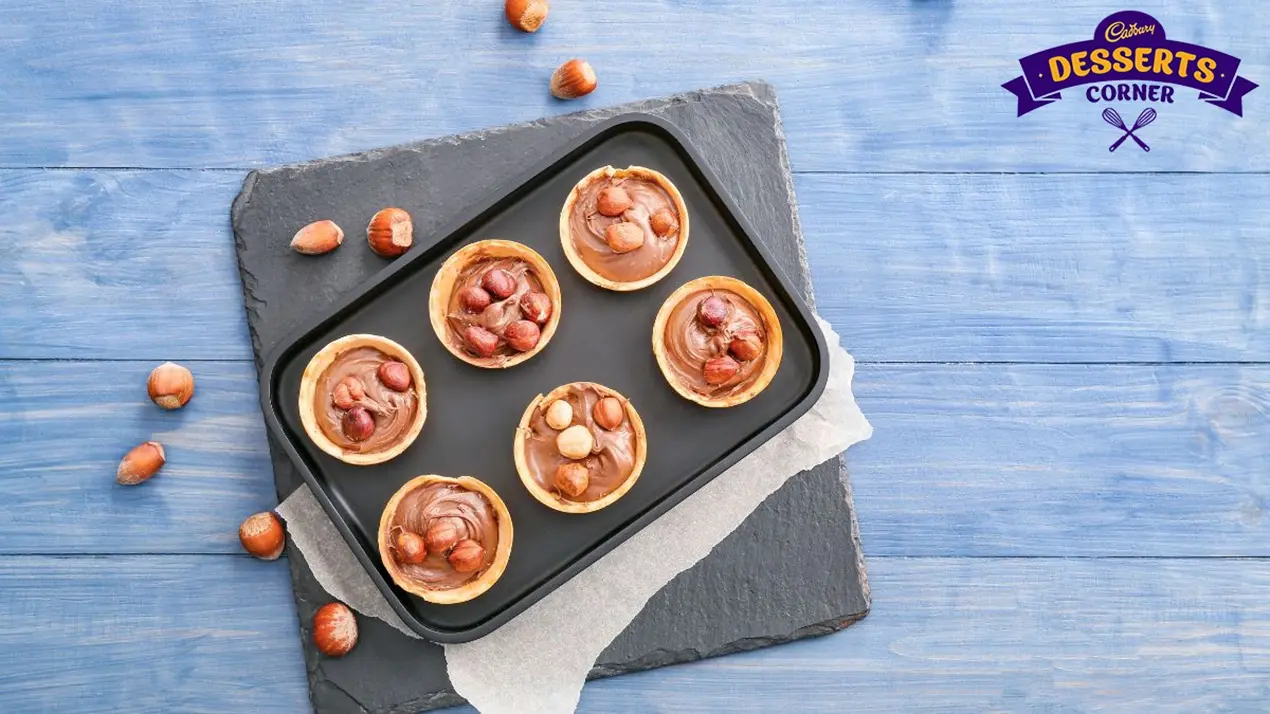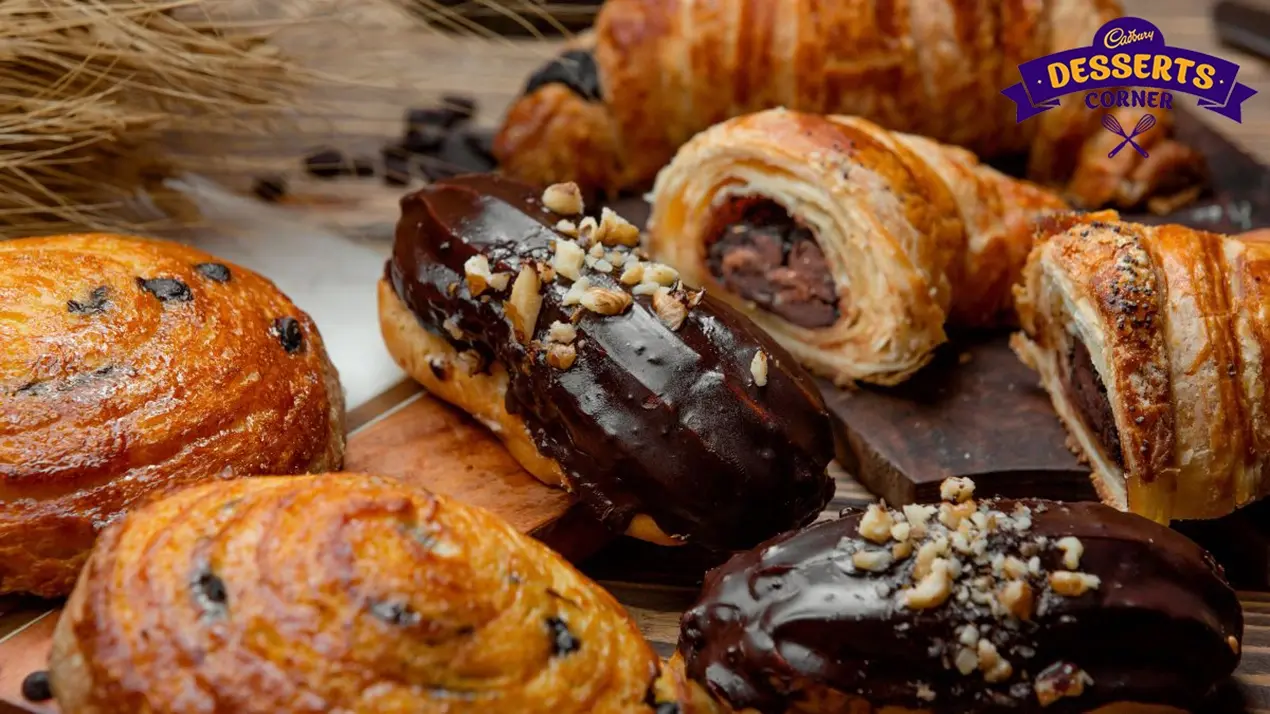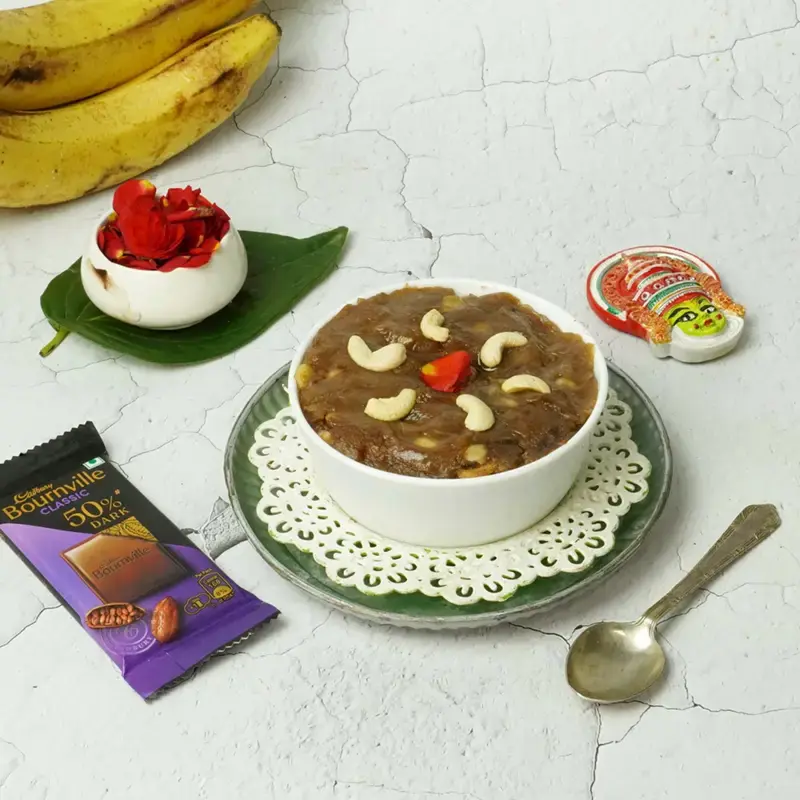Whether you prefer the charm of a cobbler or the satisfying crunch of a crisp, each dessert brings its story and flavor to the table.

When it comes to fruit-based desserts, two shining stars often steal the show: cobblers and crisps. These delightful treats have their appeal with tempting textures and a rich history that has made them beloved by dessert enthusiasts. What makes them distinct? Let’s dive into the differences between these two desserts.
The Cobbler

Imagine strolling down a street paved with cobblestones. This is the imagery that comes to mind when we think of a cobbler. A cobbler is a dessert that features a serving of fruit topped with a biscuit layer. The biscuit with its resemblance to cobblestones is the heart and soul of any cobbler.
Originating in the 19th century, cobblers have stood the test of time. Cobblers have evolved with countless fruit variations, from the peach cobbler to adventurous combinations like rhubarb and marshmallow, there are endless possibilities to explore. In its most authentic form, a cobbler is baked in a deep dish showcasing both a biscuit base and dollops of dough on top. However, modern adaptations sometimes opt for pie dough or crust for a thinner alternative.
The Crisp

Now imagine, feasting your eyes on a masterpiece adorned with streusel topping. Welcome, to the world of crisps. A crisp dessert becomes truly magnificent with its topping, which is a delightful combination of butter, brown sugar, oats and flour. This topping gives the dessert its name and also adds a satisfying crunch that beautifully contrasts with the fruit underneath.
While traditional crisps typically feature frozen fruits like apples, modern recipes often introduce pie crusts or cake batter for a twist. The outcome? A dessert that can be prepared quickly and is heavenly to savor, especially when served with a scoop of creamy vanilla ice cream.
Differentiating the Delights

Although cobblers and crisps share a fruity foundation, they possess distinct qualities:
- The Outer Layer: Cobblers have a heartier presence, due to their biscuit dough topping and base. In contrast, crisps are lighter and airier because of their oat and streusel topping. Unlike the coverage of a crisps topping, cobbler’s biscuit dough is usually scattered in dollops across the fruit.
- The Interior: True to its name, a crisp offers both a crispy topping and sometimes slightly crispy fruit inside. On the other hand, cobblers provide a soft comforting center, with a biscuit dough bottom crust.
- Creative Touch: Both cobblers and crisps have a variety of fruit fillings. When it comes to creativity, crisps offer more options with the addition of nuts and maple drizzles.
- Coffee Cake Cousins: Interestingly, coffee cake variations have been inspired by both cobblers and crisps. However, the crumbly and firm texture of coffee cake aligns closely with the crisp.
- Whether you prefer the charm of a cobbler or the satisfying crunch of a crisp, each dessert brings its story and flavor to the table. While some bakers may debate their categorization, one thing is clear: Both cobblers and crisps hold a place in the hearts of dessert lovers. So, next time you crave a fruity treat, remember the distinctions that make each of these desserts uniquely delightful.
Like This Article?
More Like This



Popular Articles





Trending Web Stories
Curated Recipes



















